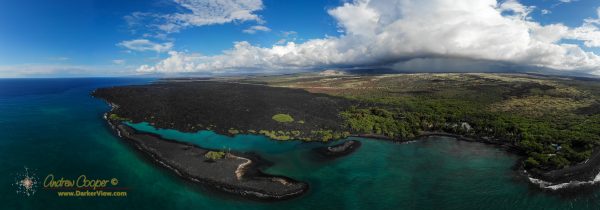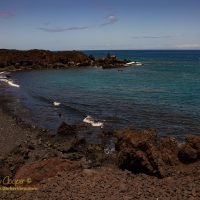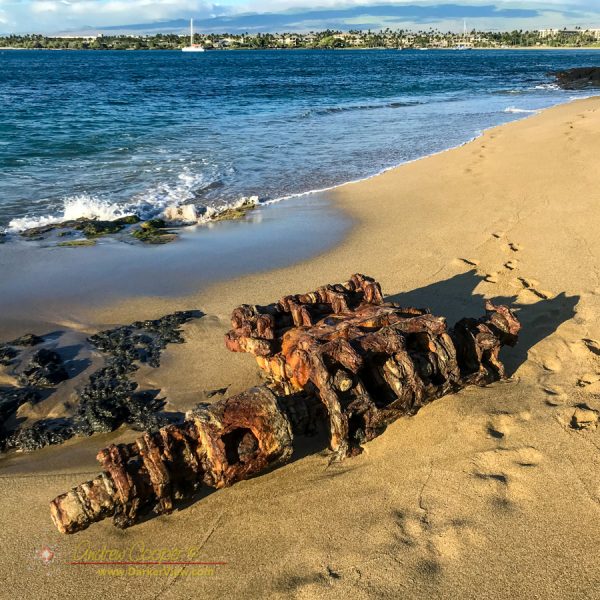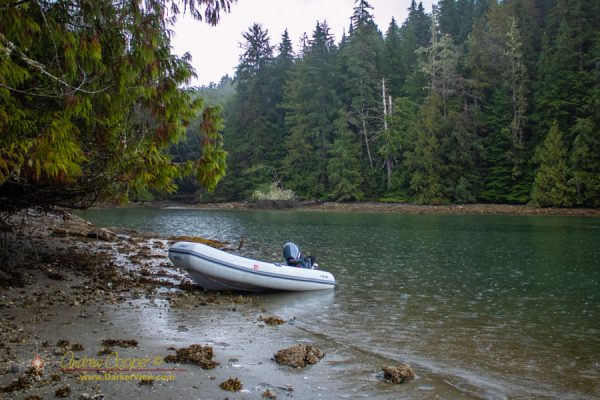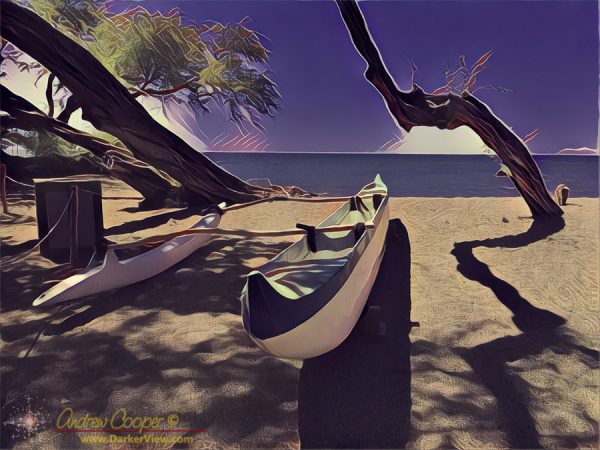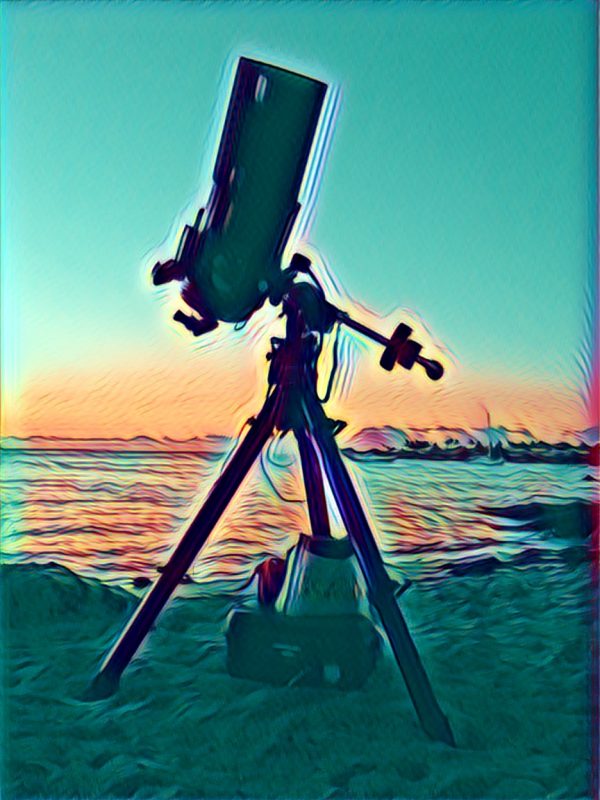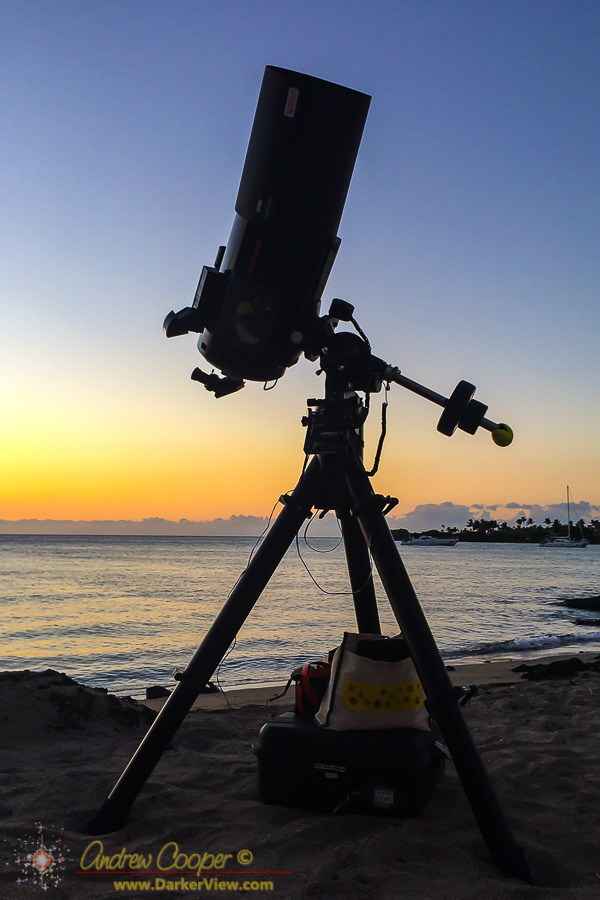
Tag: beach
Kiholo by Drone
South of Kiholo
The South Kohala Coast offers some of the most luxurious resorts on the world. Large resorts, beach parks, houses, and a small port occupy much of the coastline. Despite all of this there are still wild stretches of coastline to explore. Places with no development, where you can hike alone for a couple hours.
One of these undeveloped stretches runs several miles from the State Park at Kiholo Bay south to the resort area centered around the Hualalai Four Seasons, the most exclusive resort on the coastline.
A few friends and co-workers were camping out at Kiholo Bay over the weekend. An open invitation had also been sent out to our group for a hike south of the bay along the coastline. For once my weekend was not already committed and I decided to take the short drive down to Kiholo to join in.
Continue reading “South of Kiholo”
